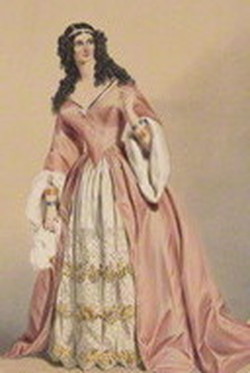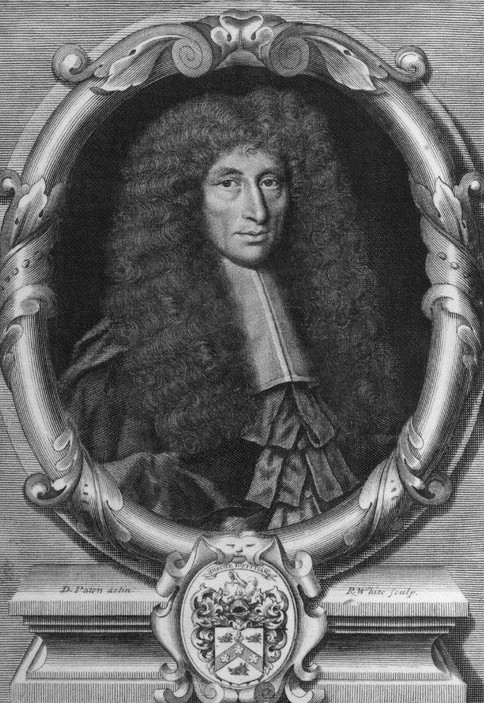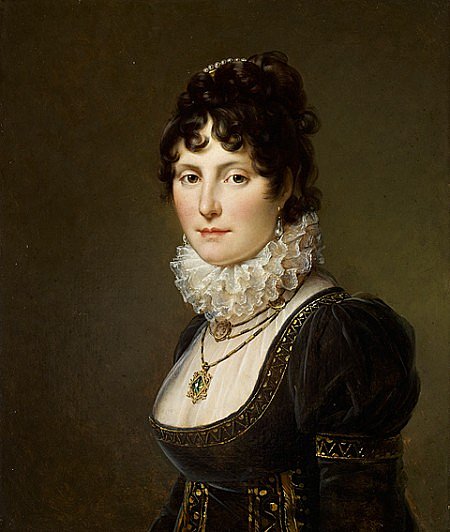|
Early history in Scotland
The lowland family of Nesbitt or Nisbet has its roots in the county of Berwickshire, in the Scottish Borders. Interestingly, until the 16th century, the lands are most often spelt Nesbit, which has a claim to be the original spelling. No fewer that 228 variant spellings of Nisbet have been identified, including Nisbett, Nesbitt, Nesbitt, Naisbitt and Nisbeth. The name is thought to originate in the Old English neosu-byht, 'noselike bend', such as the ridge of a hill. Pevsner's Buildings of Scotland suggests that the original pele tower was incorporated into the east end of a magnificent new fortified mansion house, built by Sir Alexander Nisbet of that Ilk (c. 1580-1660) in the 1630s. Nisbet House still stands, with an eighteenth century tower (with fine interior plasterwork) added to its west end. The house is in private ownership. In Ayrshire are the Nisbets of Greenholm, Hardhill and Sornhill. In the 16th and 17th centuries the Nisbet family of Dean and Dirleton was prominent in Edinburgh and East Lothian. The great disruptions of the 17th century, in the form of civil wars and religious disputes, leading to much persecution, and the loss of the family estates in Berwickshire. Worldwide spread The names Nesbit(t) or Nisbet are present in northern England in the form of placenames and occasional individuals from the 12th century. However, it is still not known if the surname is indigenous to England, or whether the first NNs came from Scotland. The surname begins to appear in southern England from the 17th century. Scottish merchants and mercenaries were present in the Baltic from about this time. Starting in 1609, many NNs moved from Scotland to settle parts of northern Ireland, and in turn, in the 18th century, moved to Canada and the United States. Pennsylvania was a popular choice; as land prices increased, many Scots moved south to the Carolinas. DNA is giving us a much clearer idea of these migrations, but connecting American families back to their roots in Ireland and Scotland is still challenging for the genealogist. Famous Family For a small family, we like to think that NNs are unusually prominent in their chosen fields. Some of the best known are:
|
John Nisbet of Dirleton

Louisa Nisbett
Mary Nisbet, Countess of Elgin
James Nesbitt
|


